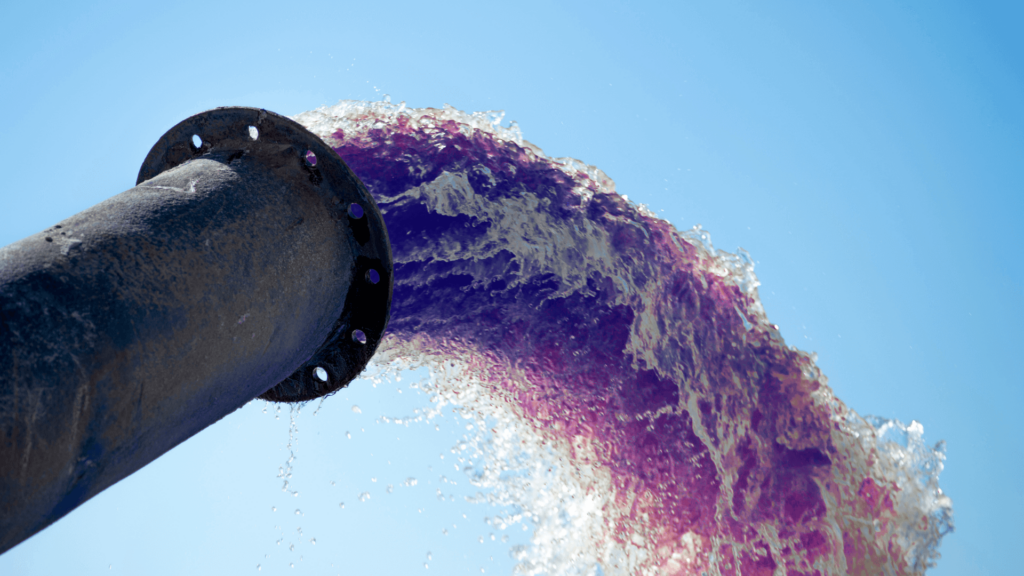Wastewater treatment has become an essential element of environmental and public health. The past 50 years have significantly changed how water is recycled and treated. This process helps maintain the health of the environment and humans alike.
The United States Environmental Protection Agency (EPA) regulates and monitors the discharge of pollutants from municipal and industrial wastewater through the National Pollutant Discharge Elimination System (NPDES).

The NPDES was established in 1972 under the Clean Water Act as a permit program to regulate pollutant discharge into the country’s water bodies. The EPA, except for Massachusetts, New Hampshire, New Mexico, the District of Columbia, U.S. territories, and federal and tribal lands, authorizes states to issue their NPDES permits based on EPA guidelines. The EPA identifies five categories of pollutants, and local and state agencies can set their limits based on the local environment’s needs.

The primary goal of sewage treatment is to remove contamination from human, bird, and animal feces. The authorities rely on testing for the presence of certain bacteria, known as ‘Fecal Indicator Bacteria (FIB)’ or ‘Indicator organisms’, to determine the safety of treated wastewater. Until recently, the test for drinking water safety relied on measuring the presence of fecal coliforms and fecal streptococci. However, a 2014 study estimated that globally, nearly 1.8 billion people suffered from fecal contamination in drinking water, partly due to faulty disinfection and the inadequacy of the existing FIB test.
The FDA determined that a dose of 120mJ/cm2 is required for medium-pressure UV technology to be considered equivalent to pasteurization. This dose is higher than for a 5-log reduction of common dairy contaminants (40mJ/cm2). Still, it is necessary because some viruses, like Adenovirus, are more UV-resistant. A 120mJ/cm2 dose ensures adequate virus inactivation.
The EPA recommends testing Escherichia coli and Enterococcus bacteria to gauge drinking water safety. Despite this advancement, several issues still exist in testing for E. coli and Enterococci:
Despite these challenges, low cost, ease, and testing speed make E. coli and Enterococci testing famous for gauging adequate wastewater disinfection. The states of Texas and Maine have adopted Enterococci testing as a reliable mechanism for measuring sufficient disinfection. With new molecular test technologies like qPCR becoming mainstream, global standards may soon change, improving water safety and public health.
Chlorine and other oxidants have been proven effective in eliminating bacteria, but ultraviolet light (UV) has been gaining popularity. UV reduces human exposure to dangerous chemicals and the potential for accidental discharges that can harm aquatic life. The industry has evolved from the initial uses of chlorine, and alternative disinfection methods have been proven valuable in eliminating harmful microorganisms. These alternative methods eliminate material handling, mixing, or storage issues.
Further Reading:
Share: